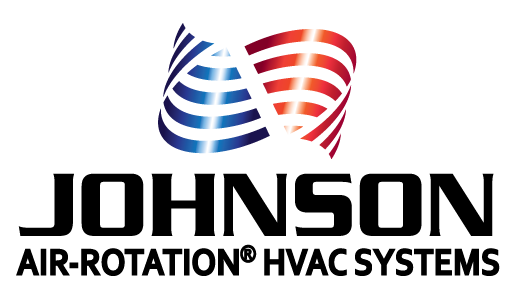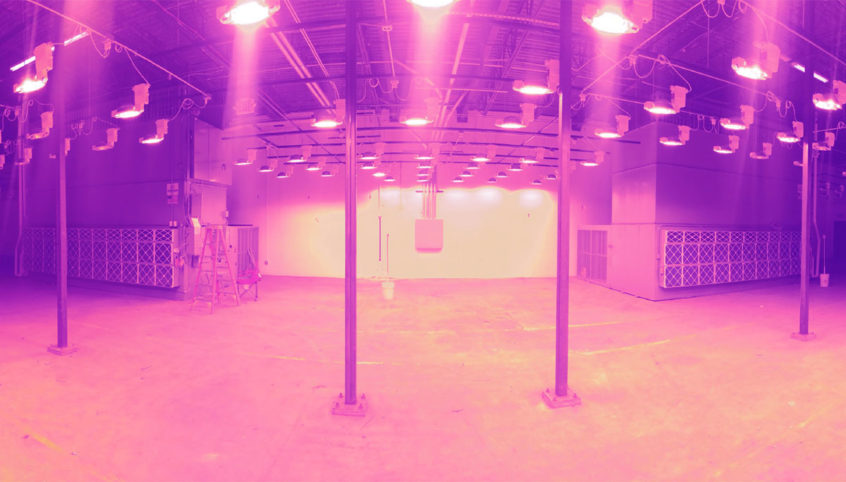Growing anything can be tough especially if you don’t have a green thumb, but for businesses in the agriculture industry the loss of crops due to extreme weather can be costly. According to research about $10 billion worth of crops is lost each year due to worsening conditions. What are businesses that control the world’s food supply to do? Most have started exploring indoor vertical farming.
By moving the farm indoors a business is able to control every aspect of the plants environment. Special LED lights can be used to provide the ideal spectrum for growth, and hydroponics allow for companies to minimize water waste. Perhaps the most important is the HVAC system that conditions the space.
First, those LEDs can add massive amounts of heat that needs to be managed by the HVAC system. For example, on average they can put out 4,800 BTUs (British thermal units) of heat each. So the cooling system needs to be able to remove that additional heat gain efficiently, and still maintain a close average temperature for positive growth.
Airflow is another vital aspect that the HVAC system provides. Not only does airflow provide movement which strengthens the plants canopy, it also eliminates cold spots. According to the University of Massachusetts Amherst Agriculture Department, they say that horizontal airflow is best for plant growth, replacing depleted carbon dioxide with fresh air.
So with those two major pieces to the indoor farm puzzle, what should companies be looking for when choosing their HVAC system? One option is to install rooftop units and then use a serious of duct work to move air into the space, then add additional circulation and exhaust fans to move the air properly through the space. In only the past couple of years more indoor farming companies have been looking at air-rotation systems. These systems are ductless and ground-mounted, maintaining even temperatures throughout the space while adding positive airflow. Without the need for additional fans the operational costs for the whole operation are drastically reduced.
If you want to learn more about air-rotation and vertical farming check out this video here and if you want to learn more about the Johnson Air-Rotation System featured in the video take a look at more of our projects on our case studies page.

